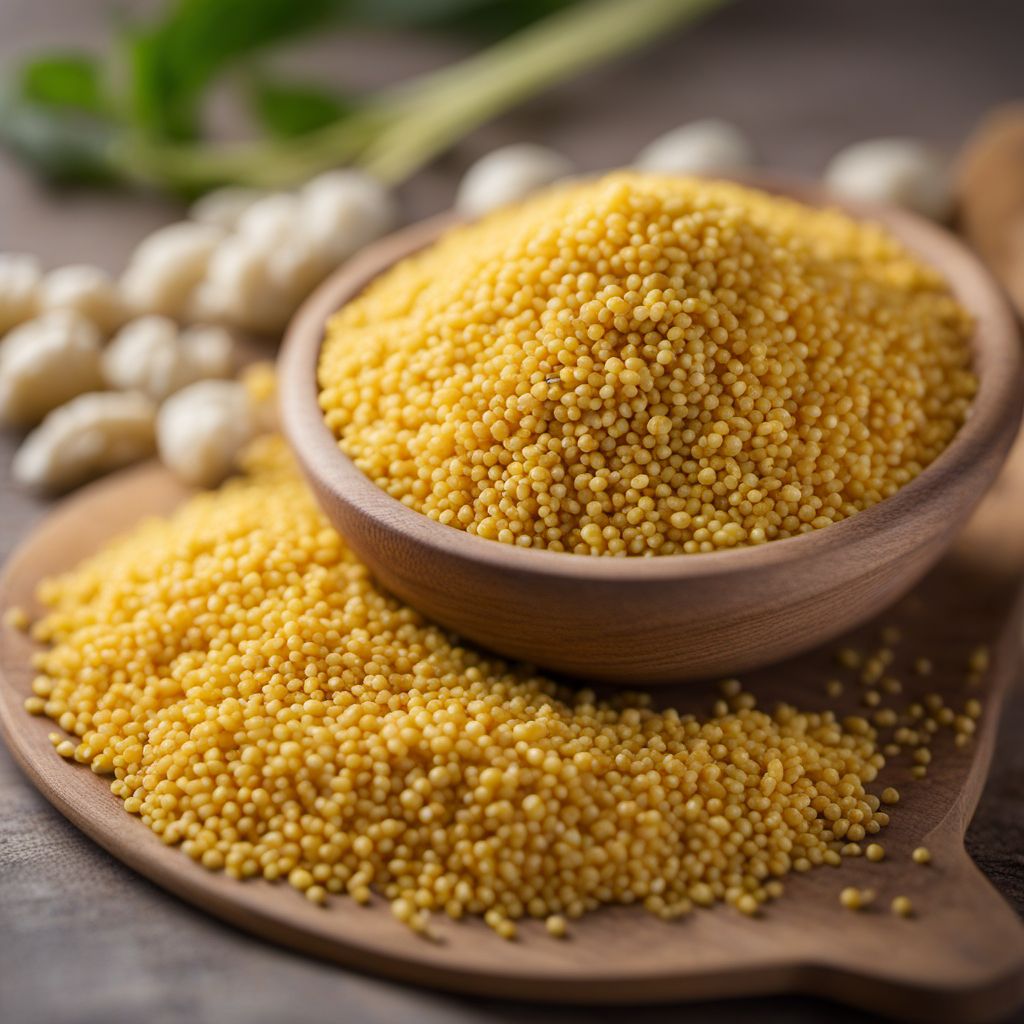
Ingredient
Millet flour
The Ancient Grain: Millet Flour
Millet flour is made by grinding the small, round grains of millet into a fine powder. It has a light yellow color and a slightly sweet, nutty flavor. Millet flour is gluten-free, making it an excellent alternative for individuals with gluten sensitivities or celiac disease. It adds a delicate crumb and a subtle sweetness to baked goods, such as bread, muffins, and cookies. It can also be used as a thickening agent in soups, stews, and sauces.
Origins and history
Millet is one of the oldest cultivated grains, with evidence of its consumption dating back thousands of years. It has been a staple food in many regions, particularly in Africa and Asia. Millet is highly adaptable to different climates and can thrive in arid and semi-arid conditions, making it an important crop in regions with limited water resources. It is also known for its nutritional value, being rich in fiber, protein, and essential minerals like magnesium and phosphorus.
Nutritional information
Millet flour is a good source of dietary fiber, protein, and essential minerals. It is also naturally gluten-free, making it suitable for individuals with gluten sensitivities or celiac disease. Millet flour is lower in carbohydrates compared to wheat flour, making it a favorable option for those following a low-carb or gluten-free diet.
Allergens
Millet flour does not contain any known allergens. However, cross-contamination may occur during processing, so individuals with severe gluten allergies should look for certified gluten-free millet flour.
How to select
When selecting millet flour, look for a reputable brand that offers high-quality products. Check the packaging for any signs of damage or tampering. Opt for millet flour that is labeled as gluten-free to ensure it is safe for individuals with gluten sensitivities or celiac disease. Store millet flour in an airtight container in a cool, dry place to maintain its freshness and prevent moisture absorption.
Storage recommendations
To maintain the freshness and quality of millet flour, store it in an airtight container in a cool, dry place, such as a pantry or cupboard. Properly stored, millet flour can last for up to a year. If you live in a hot and humid climate, consider storing it in the refrigerator to extend its shelf life.
How to produce
Millet can be grown in home gardens or small spaces. It is a hardy crop that requires minimal maintenance. Sow millet seeds directly in the ground or in containers, following the specific instructions for each variety. Millet thrives in warm climates and well-drained soil. Harvest the grains when they are fully mature and dry them thoroughly before grinding them into flour.
Preparation tips
When using millet flour in baking, it is best to combine it with other gluten-free flours, such as rice flour or tapioca flour, to achieve a better texture and rise. Millet flour can be used as a substitute for wheat flour in a 1:1 ratio in most recipes. However, due to its lack of gluten, it may result in a denser texture. Add xanthan gum or guar gum to improve the elasticity and structure of baked goods. Millet flour can also be used as a thickening agent in soups, stews, and sauces, providing a delicate flavor and a smooth consistency.
Substitutions
Rice flour, sorghum flour, or quinoa flour can be used as substitutes for millet flour in recipes. These flours have similar textures and can provide comparable results in gluten-free baking.
Culinary uses
Millet flour is commonly used in gluten-free baking, where it adds a nutty flavor and a delicate texture to bread, muffins, pancakes, and cookies. It is also used as a thickening agent in soups, stews, and sauces. In African and Asian cuisines, millet flour is used to make traditional dishes like porridge, flatbreads, and dumplings.
Availability
Millet is cultivated and consumed in various regions, particularly in Africa and Asia. It is a staple grain in countries like Nigeria, India, and China. Millet flour is commonly available in specialty stores, health food stores, and online retailers that cater to gluten-free and alternative baking ingredients.
More ingredients from this category » Browse all

Oat flour
The Wholesome Power of Oat Flour

Rice flour
The Versatile Grain Powder
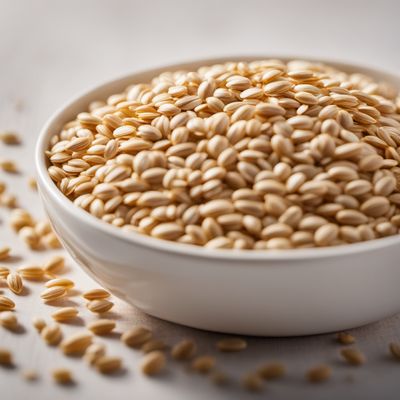
Barley flour
The Nutritional Powerhouse: Barley Flour

Flour mix (like wheat/rye/barley/oats and other)
Versatile Blend for Every Recipe
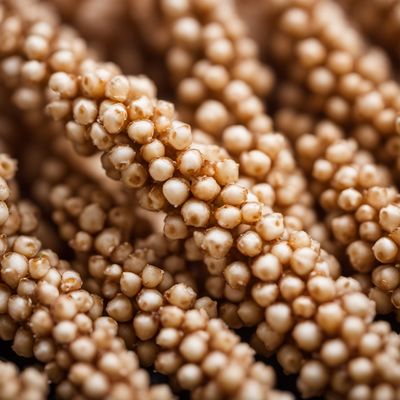
Sorghum flour
Sorghum Flour: A Nutritious and Gluten-Free Alternative

Wheat flour
The Versatile Grain: Exploring the Wonders of Wheat Flour
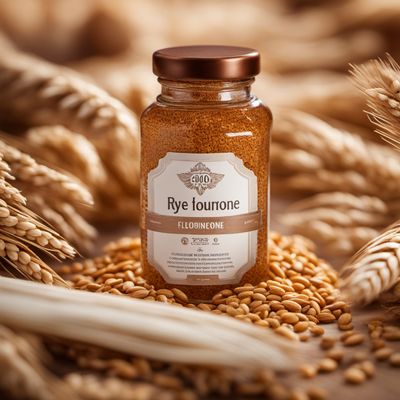
Rye flour
Hearty Grain

Spelt flour
The Ancient Grain of Spelt

Buckwheat flour
The Nutty Powerhouse: Buckwheat Flour

Amaranth flour
The Ancient Grain Flour with a Nutty Twist

Maize, milled
Golden Grain: Unleashing the Power of Milled Maize
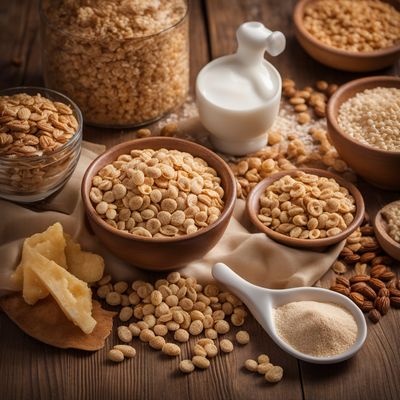
Cereal and cereal-like flours not separately listed
The Flour Power: Unleashing the Versatility of Cereal and Cereal-Like Flours
Recipes using Millet flour » Browse all

Pane di Altamura - Nigerien Style
Savory Nigerien Millet Bread
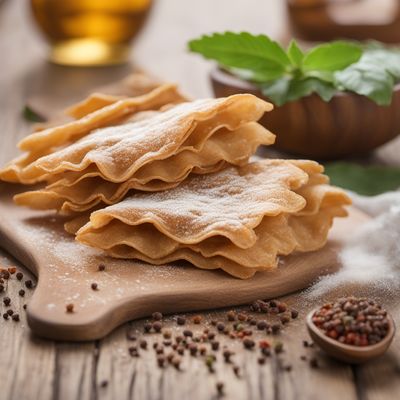
Centrafrican Chiacchiere
Savory Fried Delights: Centrafrican Chiacchiere
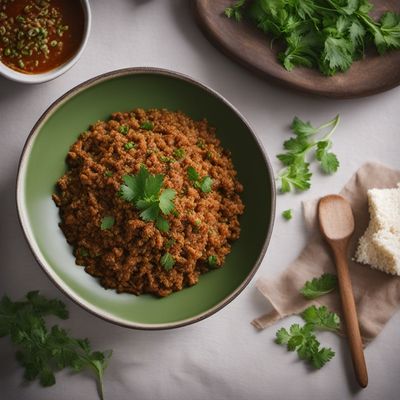
Jeungpyeon - Burundian Style
Fluffy Rice Cakes with a Burundian Twist

Nigerien-style Kačamak with a Twist
Savory Millet Porridge: A Taste of Niger
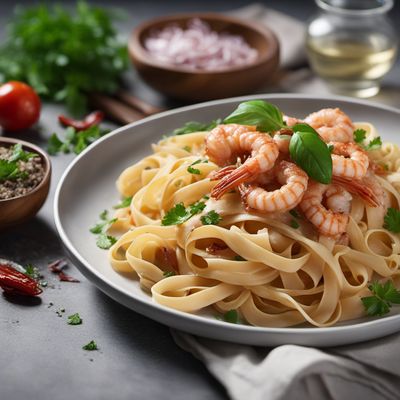
Belarusian-style Tagliatelle with Calamari and Scampi
Savory Seafood Tagliatelle: A Belarusian Twist on Italian Delicacy

Tuo Zaafi with a Northern European Twist
Savory Millet Dumplings with Hearty Vegetable Stew

Shandong-style Ehomaki Roll
Savory Shandong Delight: Ehomaki Roll with a Twist

Chadian Lampreado
Savory Chadian Delight: Lampreado with a Twist
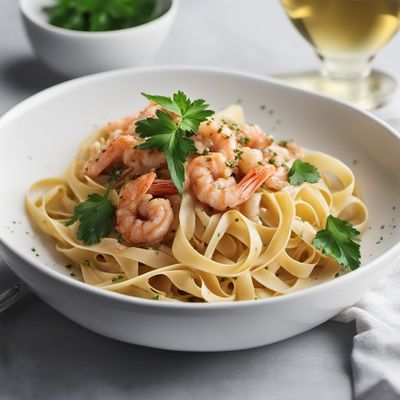
Tagliatelle with Calamari and Scampi
Seafood Delight: Tagliatelle with Calamari and Scampi
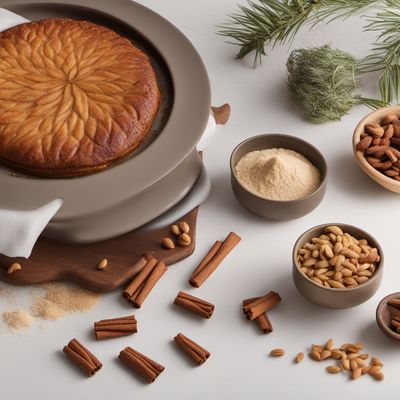
Malian Galette des Rois
Regal Malian Delight: Galette des Rois with a West African Twist

Crispy Spiced Millet Fritters
Malian Spiced Millet Fritters: A Crunchy Delight with a West African Twist

Oshifima - Traditional Namibian Cornmeal Porridge
Savory Comfort: Oshifima - A Taste of Namibian Tradition